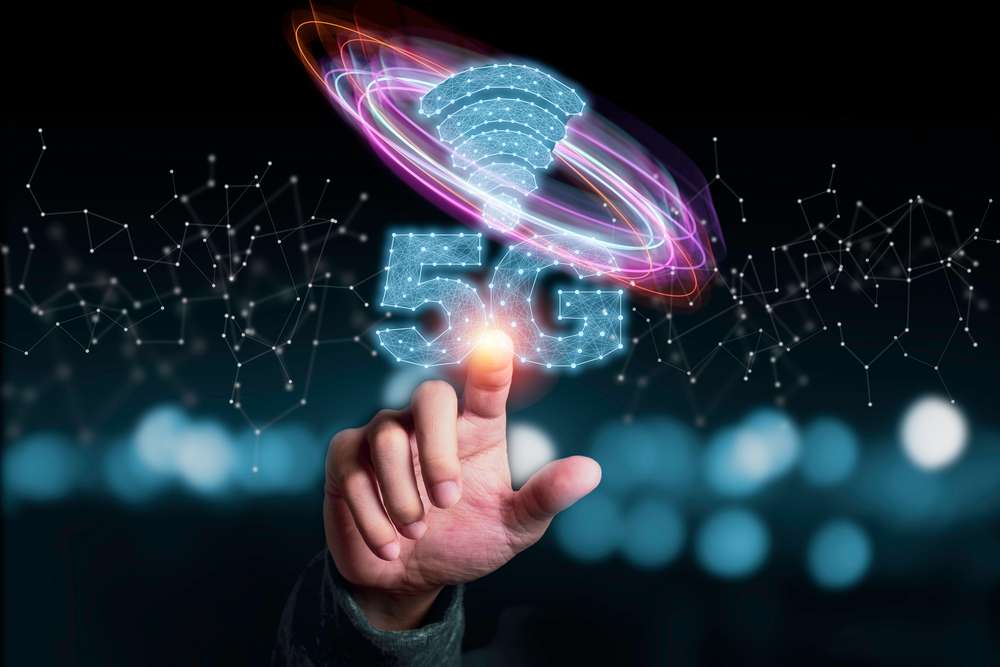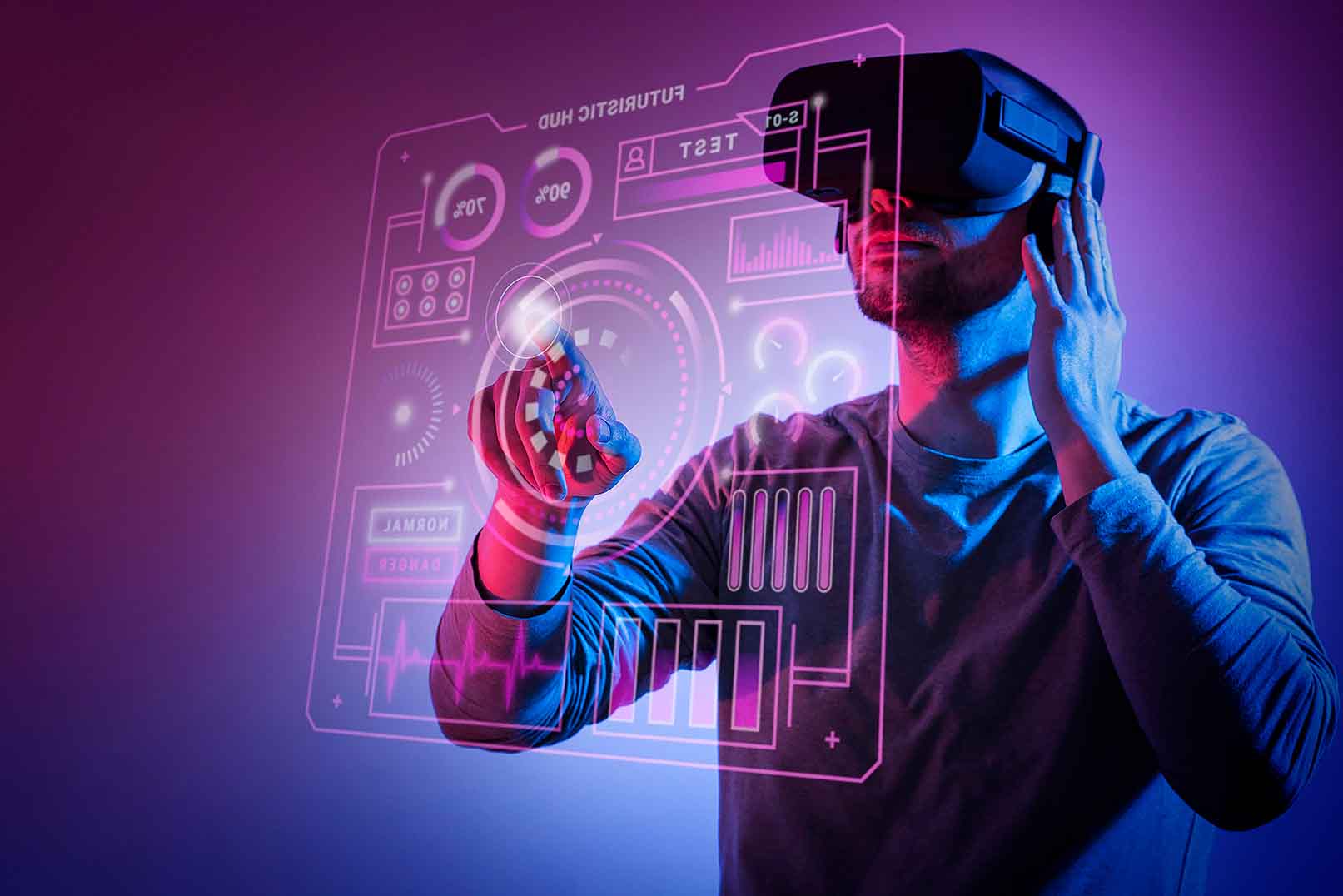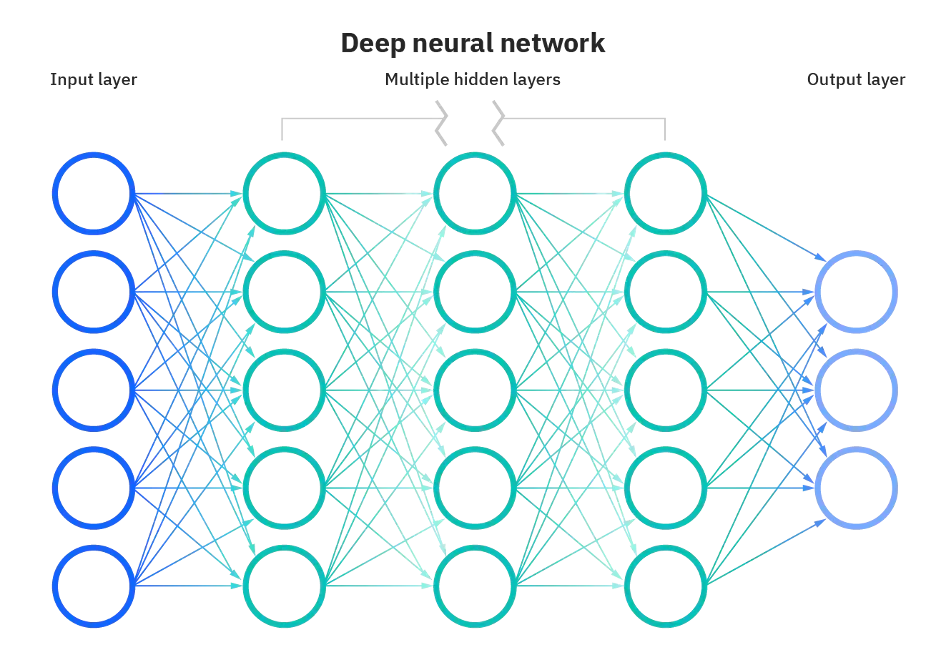
5G technology is the latest generation of wireless technology, promising faster speeds, lower latency, and more reliable connections than ever before. It's not just an upgrade from 4G; it's a game-changer that will revolutionize the way we live, work, and communicate.
Key Impacts of 5G Technology:
- Increased Speeds: With 5G, users can experience download speeds up to 100 times faster than 4G, enabling seamless streaming, gaming, and downloading.
- Low Latency: 5G technology reduces latency to a fraction of what it was with 4G, making activities like video calls and online gaming more responsive and immersive.
- IoT Revolution: The Internet of Things (IoT) will flourish with 5G, as it can support a massive number of connected devices with minimal delay, paving the way for smart cities, autonomous vehicles, and more.
- Enhanced Mobile Experiences: 5G will enable augmented reality (AR) and virtual reality (VR) applications to reach their full potential, offering immersive experiences on mobile devices.
- Economic Growth: The deployment of 5G networks is expected to drive economic growth, creating new jobs and opportunities in industries such as telecommunications, manufacturing, and healthcare.
Challenges and Considerations:
Despite its numerous benefits, the widespread adoption of 5G technology also presents challenges and considerations, including:
- Infrastructure Upgrades: Building out the necessary infrastructure for 5G networks requires significant investment and coordination among telecom companies, governments, and other stakeholders.
- Security Concerns: As more devices become connected through 5G networks, cybersecurity threats become more prevalent, requiring robust security measures to protect sensitive data.
- Regulatory Issues: Regulatory frameworks must adapt to accommodate the unique characteristics of 5G technology, including spectrum allocation, privacy concerns, and competition policies.
Join the Conversation
See what people are saying about 5G technology on social media:
Tweets about 5G technology
Overall
5G technology has the potential to transform our world, offering unprecedented speed, connectivity, and innovation. While there are challenges to overcome, the benefits far outweigh the drawbacks, paving the way for a more connected and efficient future.

